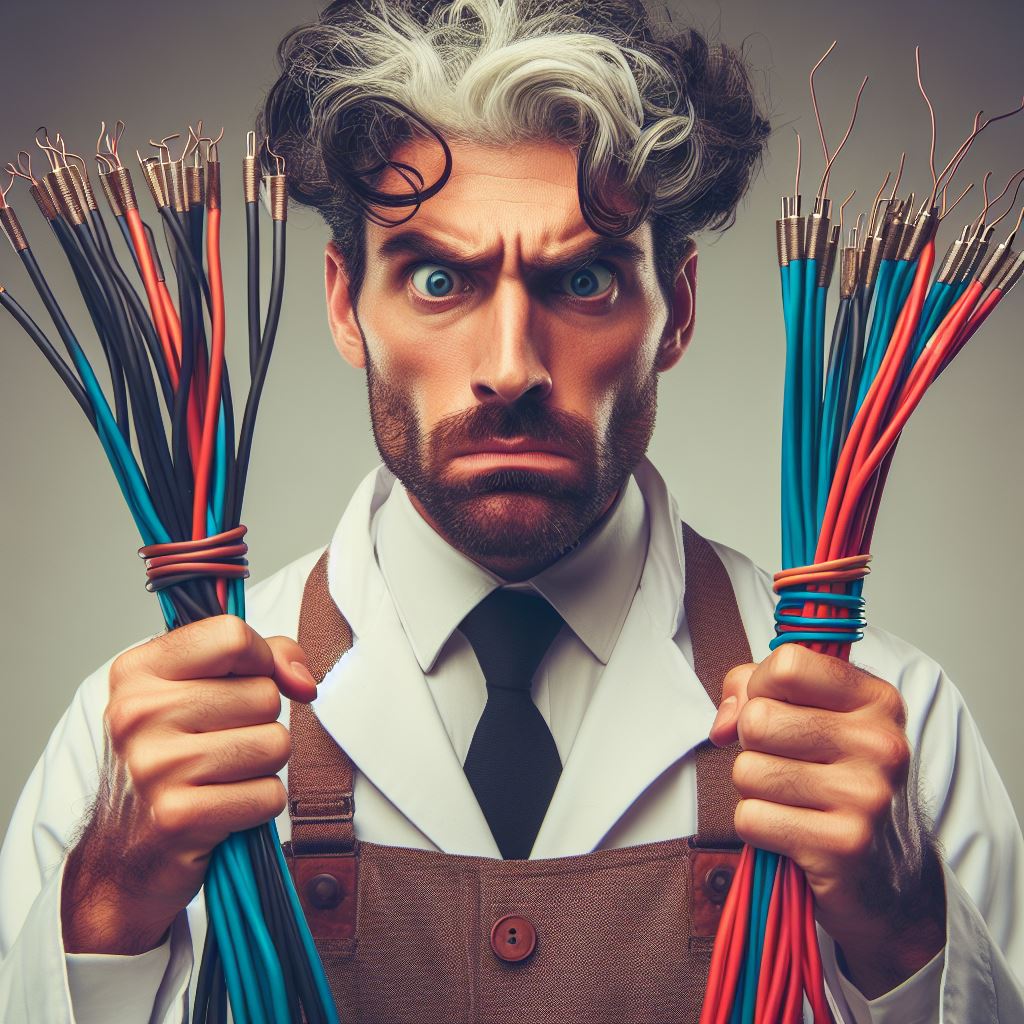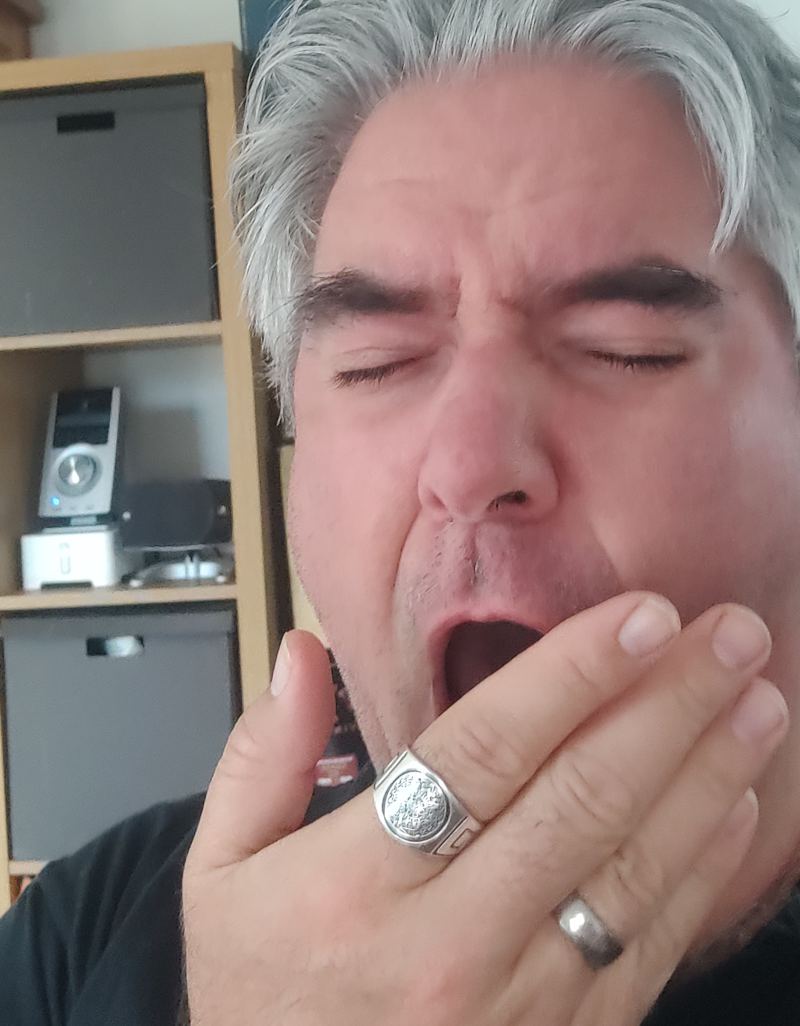As part of London’s annual Open House Weekend the opportunity comes up to go and have a look inside a variety of buildings which would ordinarily be off-limits to the general public – often in conjunction with guided tours. For the last few years this weekend has snuck up on me and I’ve missed it, but this year I managed to get vaguely organised and book in a tour!
Being an enthusiast of all things Sciencey, a chance to visit London’s famous Royal Society was a rare boon. And so on Saturday afternoon I toddled off to the imposing neighbourhood of Carlton House Terrace to see how long I could lurk without being escorted off the premises.
It’s worth mentioning at this point that my real camera battery was flat, and it didn’t occur to me to take many photos on my phone until partway through the tour. So there’s no pictures of the actual 1827 John Nash-designed building. Useless, eh? That aside…
Founded in 1660 by a group of 12 scientists, including Christopher Wren and Robert Boyle, the Royal Society met at London’s Gresham College to discuss science, coordinate experiments and share results between the group. We were swiftly disabused of the notion that the society had been at its Carlton House Terrace address for very long – the society moved there in 1967, after periods at Crane Court, Somerset House, and Burlington House. Probably just as well too, or I’d have spent the entirety of the tour wigging out going “OH MY GOD! ISAAC NEWTON USED TO HANG OUT HERE!”, and whatnot.
The honour board of past presidents gives some idea of the sort of scientific pedigree this institution has attracted – in addition to Wren and Newton, the list includes Australian historical figure Joseph Banks, Humphry Davy, Lord Kelvin, William Crookes, JJ Thomson, Ernest Rutherford, William Bragg, Howard Florey, and a load of others I’d probably know something about if I’d paid more attention at school.

There was a small shelf in near one of the staircases where visitors were encouraged to write down who their scientific hero was, and why that was. Looking at the cards on display I saw there were already two cards up for Richard Feynman, so I didn’t make an addition. However I was intrigued by one person’s comments regarding Stephen Hawking:
In the library there were… well, books, obviously. Additionally though there were also a scattering of busts of former society Fellows around the place which they’d adorned with speechbubble quotes. Initially I thought “Gawd, how naff”, but then got suckered into the poignancy of the lines, and ended up photographing them anyway. F’rinstance, this gem from Michael Faraday:
And then there was this piece of wisdom emanating from the neck of beardy parrot starer Charles Darwin:
Prior to Joseph Banks’ presidency there was less in the way of entrance criteria to become a Fellow of the Society, and it was more of a members’ club made up of splendid chaps who ought to be involved in this sort of thing. Banks instigated the more scientifically rigorous entry requirements that are in place today.
Also scattered about the building were various items of historical interest (which I also failed to photograph), such as the written account of the death of Isaac Newton (plus a lock of his hair and bits of wood from his apple tree), Charles Darwin’s nomination letter to the society (prior to writing “On The Origin of Species”, and various instruments used by Captain Cook on the Endeavour voyage.
The motto of the society is “Nullius in verba”, which seems to mean roughly “Take nobody’s word for it” – promoting the constant questioning of ideas: the cornerstone of science. Good examples being the progressions of Newton’s “Principia”, followed by further developments & re-explanations by Albert Einstein.
One thing I spotted which I found interesting was a picture of mathematician and pioneering computer scientist Alan Turing: the conclusion in the blurb next to his picture stating “Turing died in 1954 of potassium cyanide poisoning”. It probably wasn’t immediately relevant to his scientific credentials, but it seemed odd that there was no acknowledgement of Turing’s chemical castration following being convicted of homosexual acts (brought to public attention again in 2009 when the British Government apologised for Turing’s treatment), or that the poisoning was widely theorised to be suicide by biting into a cyanide-treated apple.
The building itself, prior to being put to its current purpose, was used as residences for wealthy and worthy people (being located so close to The Mall, St James’s Park and Buckingham Palace), and part of the building (numbers 8 and 9) were used from 1849 until 1938 as the German Embassy, latterly installed with Ambassador von Ribbentrop.
The Royal Society continues to promote admirable work and human advancement, and if the opportunity comes up it’s a fascinating and worthwhile place to visit should you have the opportunity.








